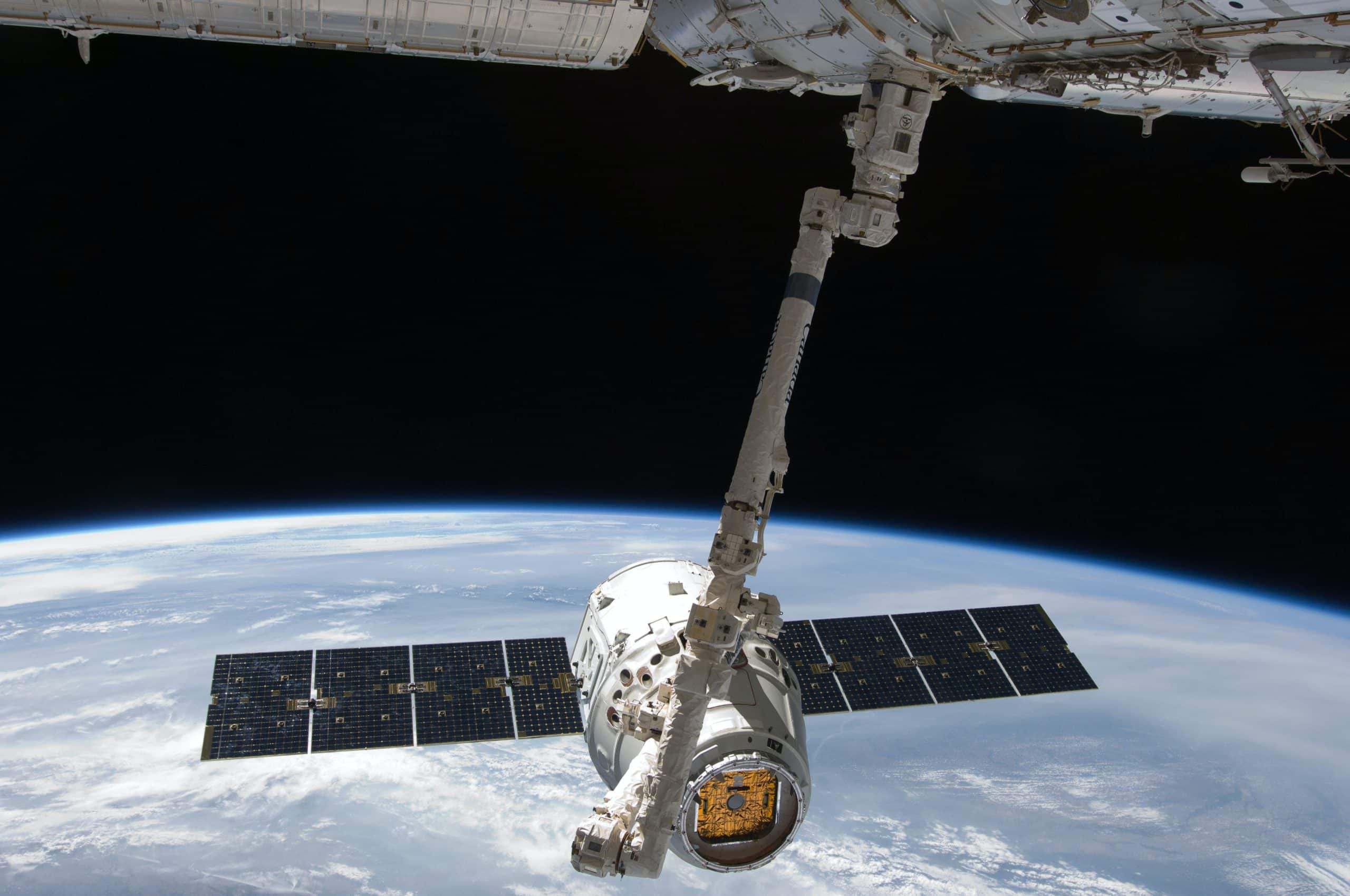The twenty-first century has ushered in an era where the cosmos, once a playground for only the most elite astronauts, is now becoming accessible to civilians. The notion of space tourism is no longer confined to the realms of science fiction but is rapidly evolving into a tangible reality. With a myriad of companies entering the fray, from Elon Musk’s SpaceX to Jeff Bezos’s Blue Origin and Richard Branson’s Virgin Galactic, the race to commercialize the last frontier has intensified. As these private companies collaborate and compete, the tourism industry is expanding its horizons beyond Earth’s atmosphere. The question on many minds is: what does the future hold for space tourism?
In this article, we will dive into the various facets shaping this burgeoning industry. As your guides, we will explore the role of private companies, the evolving market dynamics, the importance of international collaboration, the thrilling prospects of moon and orbital travel, and the anticipated growth and development of this sector in the years to come.
Sujet a lire : What Are the Limitations and Challenges of Implementing Facial Recognition in Public Spaces?
The role of private companies in space exploration
Until recently, space exploration was the purview of government agencies like NASA. However, the entry of private companies into the space sector has revolutionized the industry. The involvement of these commercial entities is not just transforming how we access space but is reshaping the very nature of space travel.
Innovation and competition among private companies are driving down costs and increasing the feasibility of sending tourists into space. SpaceX, with its reusable rocket technology, has been a pioneer in demonstrating that space travel can become more economical. Similarly, Blue Origin and Virgin Galactic are developing their own technologies to offer suborbital and orbital flights to customers.
A lire en complément : Can Technology Predict Natural Disasters More Accurately?
These companies are not only focused on the technology but are also creating a customer experience that is truly out of this world. From the design of spacecraft cabins to the training programs for space tourists, every detail is being carefully curated to ensure that space travel is a memorable and safe experience.
The growth of the space tourism market
The space tourism market is poised for significant growth in the coming years. With advancements in technology and increased competition, the cost of space travel is expected to decrease, making it more accessible to a broader demographic of tourists. This growth is not solely driven by the whims of wealthy adventurers; it comes from a deep-seated human curiosity and the desire to explore the unknown.
The international space tourism market is expanding as countries around the world recognize the economic potential of this new frontier. Governments and private investors are pouring capital into the development of spaceports and the necessary infrastructure to support space activities.
As more people venture into space, the market share of space tourism within the overall tourism industry will inevitably increase. This growth will not only impact the tourism sector but also contribute to the broader space economy, creating jobs and fostering technological advancements that could have applications here on Earth.
The emergence of suborbital and orbital experiences
Suborbital space tourism is the first step in making commercial space travel a reality. Companies like Blue Origin and Virgin Galactic are offering brief trips to the edge of space, where tourists can experience a few minutes of weightlessness and the awe-inspiring view of Earth from above.
Looking beyond suborbital flights, the future of space tourism includes orbital experiences. Plans for private space stations, such as Axiom Space’s proposed commercial addition to the International Space Station, suggest that in the near future, tourists might be able to enjoy extended stays in low Earth orbit.
These orbital experiences will enable space tourists to live like astronauts, conducting experiments, participating in spacewalks, and even contributing to space exploration and research. The opportunities for education and scientific discovery are boundless, and they will enrich the space tourism experience beyond mere adventure.
International collaboration and regulation in space tourism
As space tourism transcends national boundaries, international collaboration and regulation become crucial. Cooperation among spacefaring nations and companies can lead to shared technological advancements and safety standards, which are essential as the industry develops.
Regulatory frameworks will need to be established to address the environmental impact of space activities, the management of space traffic, and the rights of space tourists. The United Nations’ Outer Space Treaty and other agreements provide a starting point for these discussions, but as the industry grows, new policies will need to be crafted to keep pace with innovation.
The collaboration between private space companies and government agencies like NASA also plays a pivotal role in the development of space tourism. By pooling resources and expertise, these partnerships can accelerate the growth of the industry and ensure that space remains a realm of peaceful and cooperative exploration.
The future of moon and beyond
The moon looms large in the imaginations of space enthusiasts and is seen as the next logical destination for space tourism. NASA’s Artemis program, aimed at returning humans to the moon, could pave the way for lunar tourism. Private companies may follow suit, offering trips to the moon’s surface or lunar orbit.
Looking further into the future, the possibilities for space tourism extend even beyond the moon. As technology advances, destinations such as Mars become conceivable for long-term exploration and potentially even tourism. These ventures, however, are many years away and will require significant advancements in space travel technology and life-support systems.
Conclusion: envisioning the future of space tourism
The future of space tourism is not just a dream—it’s a rapidly unfolding reality. The involvement of private companies has catalyzed the industry, creating a competitive market that fosters innovation and lowers costs. As suborbital and orbital travel become more commonplace, we will see the tourism market expand and diversify, offering experiences that today we can only imagine.
International collaboration will be key to managing the growth of space tourism, ensuring safety, sustainability, and accessibility. The moon and, eventually, destinations beyond will become the ultimate frontier for tourists seeking the ultimate adventure.
In the years to come, the term “space tourists” will become a regular part of our lexicon, as more individuals look to the stars for their next vacation. The market share for space-based activities within the global space economy is set to increase, and the vision of Earth as just one of many travel destinations in the vast cosmos is slowly turning into a reality.
The future of space tourism is bright, filled with the promise of growth, development, and experiences that will transcend our traditional understanding of travel. As we stand on the precipice of this new era, the question is no longer if space tourism will become a mainstay of our world, but rather how will it reshape our perception of space, exploration, and our place in the universe.





